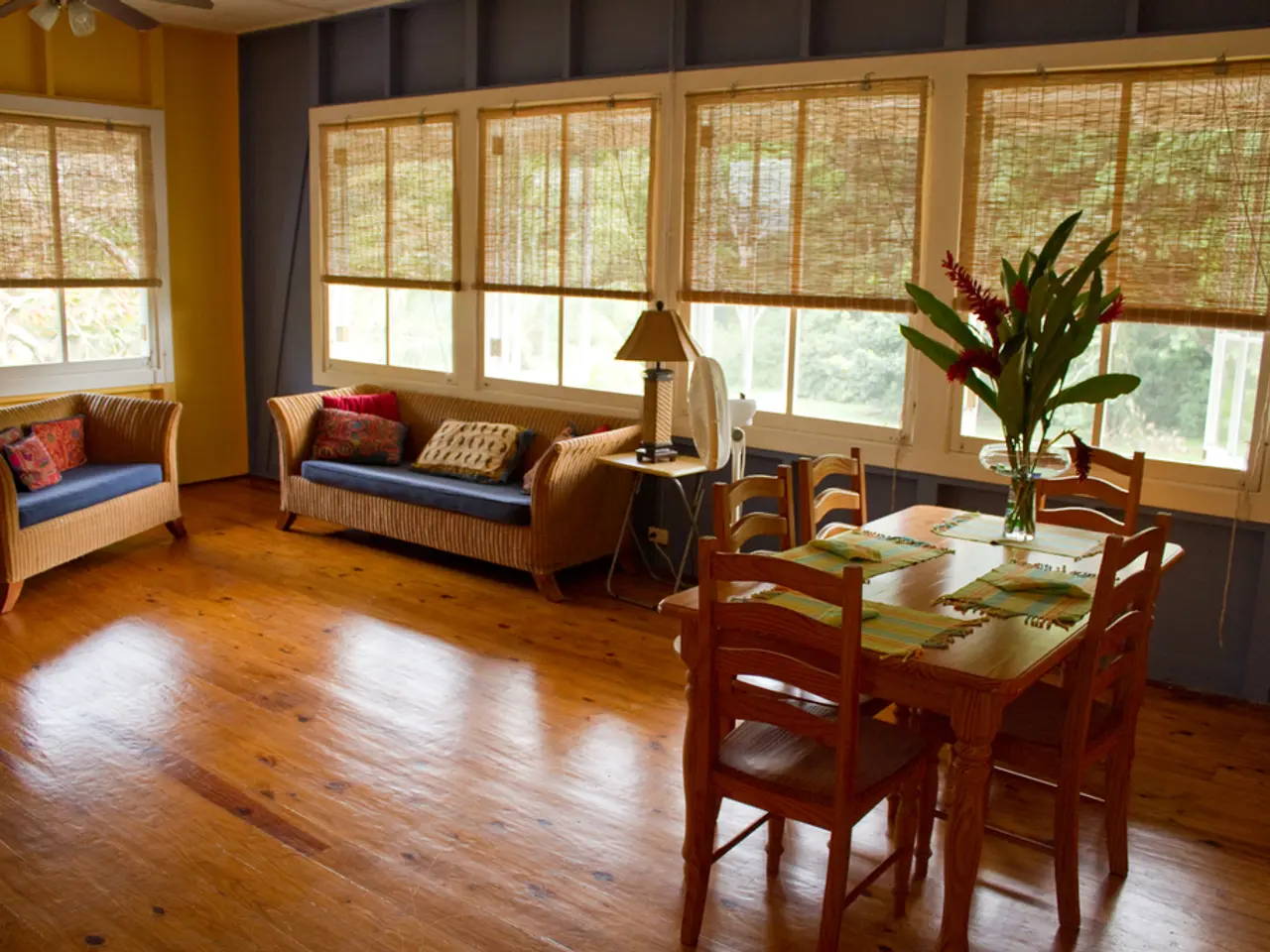Rural Regions of Bavaria See Construction Boom - Notable Increase in New Housing Developments
In the first half of 2025, the Bavarian craft industry reported an improved construction mood, reflected in the increase of building permits across the region.
The number of building permits in Bavaria, as a whole, rose by 2.9% compared to the same period last year. This increase is particularly noticeable in rural regions, where the number of permits for new apartments surged nearly 9%.
Lower Bavaria reported a notable increase of around 44%, the highest increase in the region. Development varies greatly regionally, with Upper Franconia seeing a significant increase of around 47%, the highest in Bavaria. Middle Franconia and the Upper Palatinate also reported notable increases of around 40% and 33% respectively.
In contrast, the number of approved apartments in major cities decreased by around 17%. Swabia and Upper Bavaria reported decreases of around 18% and 16% respectively.
The surge in building permits for apartments, single-family homes, and residential homes in Bavaria is primarily due to demographic and economic shifts. Germany's 2025 reforms to the EU Blue Card program have attracted more skilled immigrants to the country, particularly in high-demand professions such as construction, engineering, and healthcare, prevalent in Bavaria. This increased housing demand outside major urban centers where labor force expansion and availability of land facilitate new residential developments.
Smaller towns and rural areas in Bavaria show a positive mood and cooperation with construction projects, as seen similarly in energy permit processing contexts in neighboring regions. These areas benefit from more favorable political conditions and space availability, making it easier to get permits and build new housing than in burdened major cities.
Major cities in Bavaria face saturation in housing markets, higher construction costs, and tighter regulations, which slow new permits. Meanwhile, rural regions absorb population overflow or attract new residents looking for more affordable and spacious housing options. This drives growth in permits issued in these areas while cities see a relative decline.
U.S. military presence and related construction activities in Bavaria, such as new housing and facilities at Grafenwoehr and Stuttgart, also spur construction permits in less urbanized zones, supporting personnel needs.
Despite the increase, the level of building permits remains significantly below that of before the start of the Russian invasion of Ukraine in 2022. The increase in approved residential homes is partly due to the low base value of around 400 apartments in the previous year.
In summary, the rural regions in Bavaria are experiencing a surge in building permits due to increased demand from skilled labor immigration, easier municipal approval processes, more available land, and specific infrastructure projects, while major cities face constraints leading to a decline in new permits despite overall demand.
- The surge in building permits in rural regions of Bavaria, including single-family homes, apartments, and residential homes, is a result of increased demand from skilled labor immigration, easier municipal approval processes, and more available land.
- In contrast, major cities in Bavaria, such as major urban centers like Stuttgart and Grafenwoehr, are experiencing a decline in building permits due to saturation in housing markets, higher construction costs, and tighter regulations.




